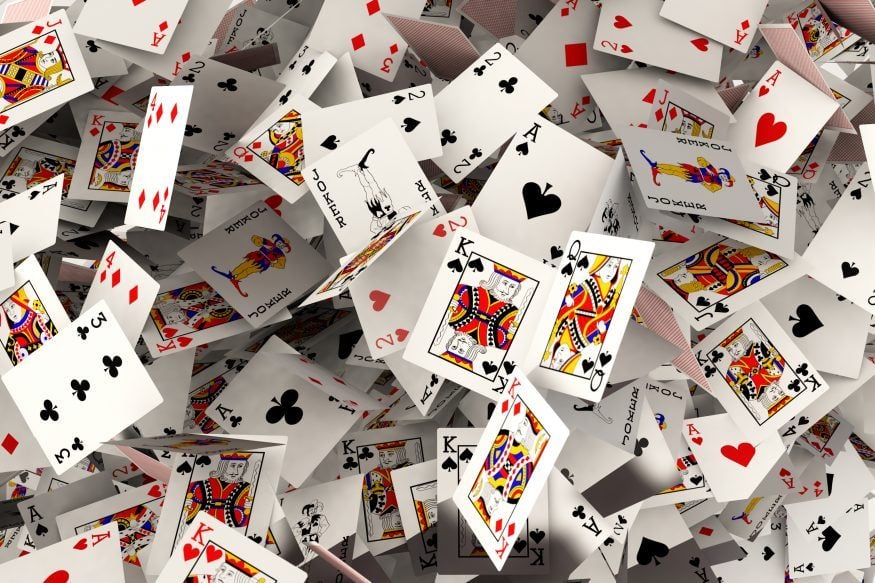
The Fascinating History of Playing Cards: From China to the World
Playing a card game are one of the most omnipresent types of diversion in this present reality. Whether it’s an easygoing round of poker with companions, a series of solitaire on a sluggish evening, or a high-stakes blackjack table in a Las Vegas gambling club, playing a card game have a general allure that rises above lines and societies. Be that as it may, have you at any point pondered where these little bits of cardboard started and how they spread across the globe? The historical backdrop of playing a game of cards is a captivating excursion that takes us from old China to the most distant corners of the world.
The Introduction of Playing A game of cards in Old China
The account of playing a card game starts in old China, where they are accepted to have begun during the Tang Tradition (618-907 Promotion). These early cards, known as “leaf cards,” were produced using different materials like paper, wood, or ivory. The plans on these cards were unpredictable and frequently included lavish outlines and calligraphy.
The Chinese playing a card game were separated into four suits: coins, series of coins, heaps of strings, and several bunches. These suits were like what we presently know as spades, jewels, clubs, and hearts in current Western playing a card game. Each suit had ten cards, making a sum of 40 cards in a deck.
Spread to Persia and Then some
Playing a card game didn’t remain bound to China. They advanced along the Silk Street and before long tracked down their direction to Persia (cutting edge Iran). In Persia, the cards went through massive changes in plan and imagery. Rather than the Chinese suits, the Persian cards highlighted blades, cups, coins, and polo sticks.
From Persia, playing a card game started their excursion toward the west, arriving at the Bedouin world. The Bedouins acquainted these cards with Europe through Spain during the fourteenth 100 years. This European rendition of playing a card game firmly looked like the cutting edge deck we are know about today. It comprised of four suits: hearts, precious stones, clubs, and spades. The numbered cards went from 1 to 10, and there were three face cards in each suit: the lord, knight, and reprobate.
Playing A card game in Middle age Europe
In archaic Europe, playing a card game acquired huge prevalence. They turned into a typical interest for individuals of every single social class. The pictures on the cards frequently mirrored the way of life and upsides of the time. For example, the lord, knight, and reprobate in the European decks advanced into the ruler, sovereign, and jack, mirroring the cultural shift towards government and the rising significance of sovereigns in the regal courts.
During this period, different districts in Europe fostered their own extraordinary plans and styles of playing a card game. German cards, for instance, highlighted hunting scenes, while Italian cards displayed perplexing fine art and traditional themes.
The Impact of Printing Innovation
The boundless accessibility of playing a game of cards in Europe was extraordinarily worked with by the creation of the print machine by Johannes Gutenberg in the fifteenth 100 years. This mechanical headway made it conceivable to deliver cards in huge amounts, making them more reasonable and open to the overall population.
Playing a card game became a type of diversion as well as a method for imaginative articulation. Card producers began exploring different avenues regarding various plans and styles, prompting a wide assortment of decks taking special care of different preferences and inclinations.
